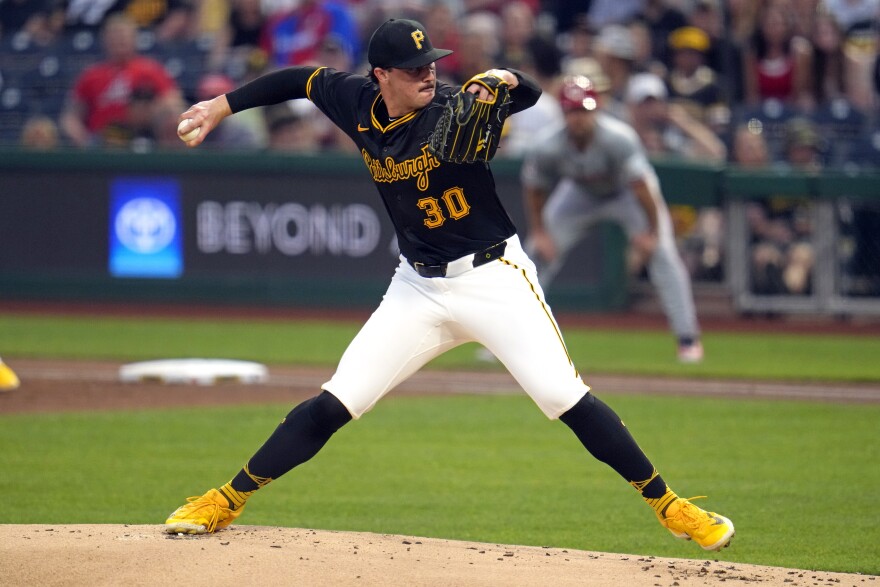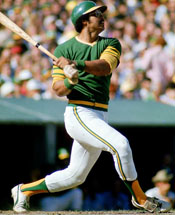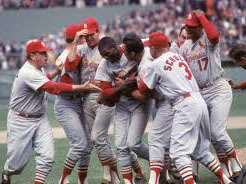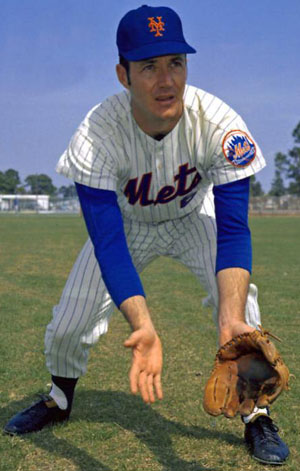|
August 17, 2024
Baseball Short Story
Skenes Scenes Tom Verducci, Sports Illustrated, July 2024
While Major League Baseball officials quietly plot to restore glamour to starting pitchers, the sight of Paul Skenes to them is the equivalent of a blue-throated macaw to a birder. Like doubleheaders, sacrifice bunts and scorecards with pencils, the marquee starting pitcher is endangered, thanks to an analytically-driven environment in which teams turn over more of the game to a bucket brigade of hard-throwing relievers, who tend to be anonymous to fans and fungible to front offices.
Enter Skenes, the 22-year-old right-handed rookie for the Pirates, to remind us of what once was and to inspire MLB to dream on what could be next.
When it comes to nailing the marquee starting pitcher look, Skenes is straight from central casting. He is big (6'6", 235), throws harder than any other starting pitcher (he averages 99.3 mph on his four-seam fastball), rocks a dashing Selleck-like 'stache and dates the internet's version of a starlet (Olivia Dunne).
 Paul Skenes More importantly, the dude has looked unbeatable on the mound. Other than Masahiro Tanaka, who pitched eight seasons in Japan before his rookie season in MLB in 2014, Skenes became the first pitcher to buzz through his first eight starts undefeated (4-0) with as many as 61 strikeouts.
So entertaining is Skenes that fans in St. Louis gave him an ovation as he left the mound after shutting down their hometown Cardinals in June. Attendance at Pirates' home games has gone up by almost 7,000 paying customers when Skenes pitches, a boost of nearly a third over other gates.
Skenes may not be creating the mania associated with phenoms such as Mark Fidrych, Fernando Valenzuela and Dwight Gooden in what was a very different sports landscape, but he is the biggest first-year drawing card since Stephen Strasburg with the 2010 Nationals. Strasburg blew out his elbow later that year and, though healthy, famously was shut down during the '12 pennant race out of fear that taking regular turns on the mound risked further injury.
Ever since, and as elbow surgeries became more common, teams have dialed back starters' workloads to the lowest level in the sport's history. Last year only 44 pitchers reached the threshold for qualification for the ERA title of one inning pitched per team game. As recently as 2014—not coincidentally, the year before Statcast technology took pitch tracking mainstream—that number was 88. The clubs have done so out of fear of injury and because they have been emboldened by the steady stream of high-velocity throwers who pitch to three batters at a time.
Just 10 years ago, starting pitchers accounted for 70.1% of wins while averaging six innings and 96 pitches per start. This year, through late June, starters were earning only 59.1% of wins and were typically gone after 5 1/3 innings and 86 pitches.
Last season, managers pulled their starting pitcher before the fifth innings (before the starter qualifies for a win) with one or no earned runs 359 times. That a 392% increase in quick hooks in just a decade (there were 73 in 2013). While Skenes is hardly getting the free rein the Dodgers in 1981 gave Valenzuela, who threw a complete game in each of his first eight starts, the Pirates are treating Skenes like a workhorse in modern terms. He is the first pitcher in seven years who was permitted to throw six innings in six of his first eight starts at age 22 or younger. Except for the free agents from Asia, you must go all the way back to 2001 to find a first-year starting pitcher at any age who won 15 games (CC Sabathia). And nobody in the past decade as young as Skenes has been allowed to throw 162 innings in a season.
It's unlikely the Pirates will let Skenes hit that mark. He threw 129 1/3 innings last year at LSU and in the minors. This year, including seven starts at Triple A Indianapolis before his promotion, he is on pace to throw 147 1/3 innings. Even that threshold may be out of reach. No team has permitted a first-year pitcher as young as Skenes to throw that many innings since the 2015 Mets let Noah Syndergaard go 150.
Moreover, Skenes will be monitored closely because he has a quirk in his delivery (he lifts his throwing elbow higher than his shoulder) and because he throws so hard (the higher the velocity the more torque is created on the elbow, which puts more strain on the ulnar collateral ligament).
No matter what happens, the baseball world will be closely watching Skenes every time he takes the mound. And isn't that the very point of rare birds? |



